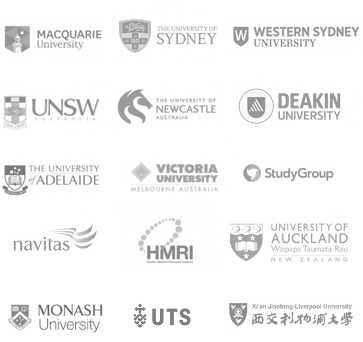
Photo taken in Yogyakarta, Indonesia
With increasing restrictions on foreign migration impacting on international student numbers on campuses of universities in Australia, Canada and the UK, institutions in those countries are increasing their offshore operations to maintain the international student numbers that are so important for the universities’ internationalisation, standing, and balance sheets. Indonesia opened up to wholly-owned foreign branch campuses in 2019, and many institutions are now planning to operate transnational education and research in that country, following the trailblazer Monash Indonesia, which was set up during the pandemic. Western Sydney University and a campus partnership between Lancaster University, Deakin University and Navitas are both planned to open later this year, with more to come.
In India the trend towards transnational education is a key pillar of national education policy and represents a huge industry in its own right, as reported in University World News. A recent report on Indian student mobility (authored by University Living Accommodations Pvt Ltd) estimates the overseas expenditure by Indian students in 2022 was US$47 billion and that it is rising, representing a large outflow of revenue. Stemming the brain drain and drain on cash are clear benefits to India of keeping more students onshore in international education.
Another benefit of increasing study options in South Asia could be to increase female student numbers. In India, the world’s largest tertiary education system, women’s participation is rising at a faster rate than men, according to the Indian Department of Higher Education’s All India Survey on Higher Education (AISHE)
While it is encouraging that increased participation comes from women belonging to the country’s most disadvantaged groups, gaps remain in participation in India’s most highly ranked institutions which are in the STEM fields of science, technology, engineering and mathematics.
British, Australian and American universities all face challenges in widening participation, but bringing their strategies for diversifying student cohorts to their transnational education offerings in Asia, and presenting different options, can go some way towards helping increase participation and skills gaps in Asian countries with young populations. What will be key is ensuring a balance in the campus culture and student experience that creates a localised offer that supports participation and success, by staff and students from a wide range of backgrounds.



